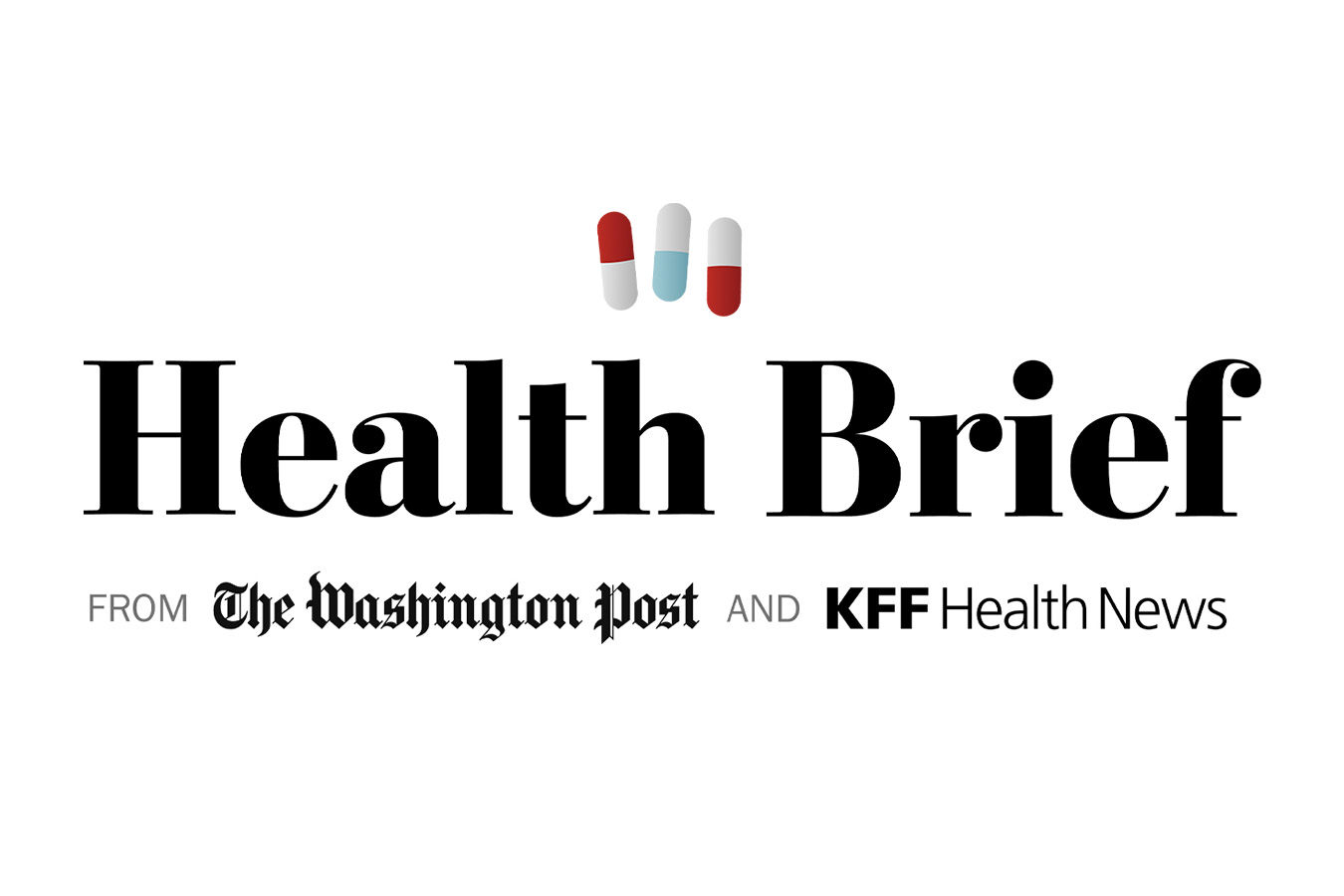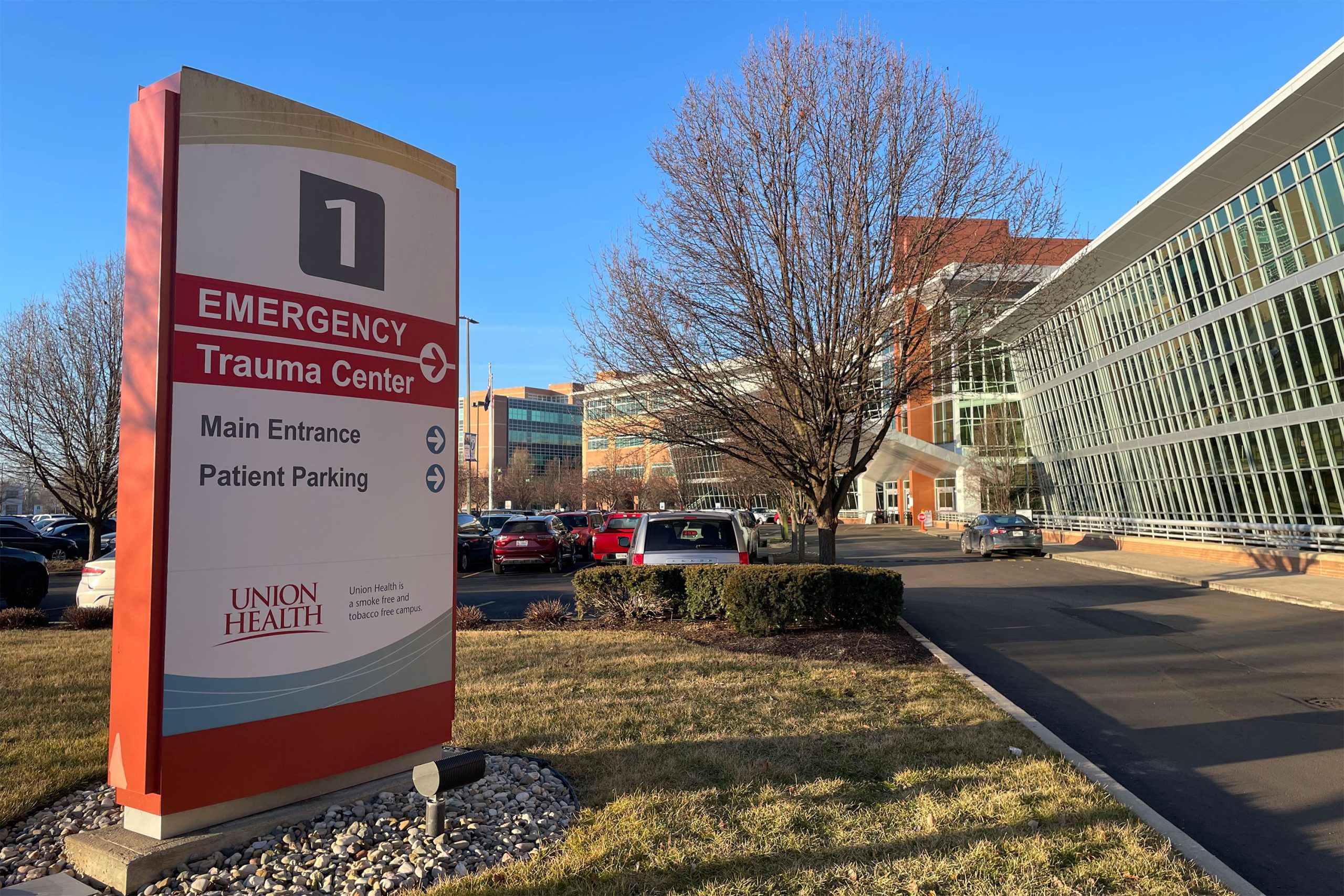In recent news, engineers at the Samsung Electronics Creative Lab (C-Lab) have developed an Early Detection Sensor & Algorithm Package (EDSAP) that has the ability to detect strokes.
“The resulting headset is equipped with sensors that transfer data to algorithms that allow you to observe your brainwaves on your Smartphone, tablet or upright computer to make sure you are not at risk.”
Interestingly, this device could potentially save lives by ensuring that people obtain proper medical attention in a timely manner. Samsung claims that it’s even more efficient than hospital equipment as it analyzes brainwaves more rapidly and detects more detail due to a rubber-like ultra-conductive material.
Apparently, the headset is merely a prototype and the sensors will actually function effectively in any type of headgear such as barrettes or even eyeglasses.
There is no word on when this device could be available to the general public; however they do suggest that this technology could lead to other applications such as monitoring heart muscle activity.
Despite the fact that the device is not approved or regulated, it is refreshing that companies like Samsung are spending some of their efforts on developing gadgets other than newer models of Smartphones and Tablets.
Until then…
“A stroke, sometimes referred to as a cerebrovascular accident (CVA), cerebrovascular insult (CVI), or colloquially brain attack is the loss of brain function due to a disturbance in the blood supply to the brain. This disturbance is due to either ischemia (lack of blood flow) or hemorrhage. As a result, the affected area of the brain cannot function normally, which might result in an inability to move one or more limbs on one side of the body, failure to understand or formulate speech, or a vision impairment of one side of the visual field.”
Warning Signs:
- Sudden numbness or weakness of face, arm or leg, especially on one side of the body.
- Sudden confusion, trouble speaking, or understanding.
- Sudden trouble seeing in one or both eyes.
- Sudden trouble walking, dizziness, loss of balance or coordination.
- Sudden severe headache with no known cause.

Some Statistics:
- In 2010, worldwide prevalence of stroke was 33 million, with 16.9 million people having a first stroke.
- Stroke was the second-leading global cause of death behind heart disease, accounting for 11.13{dec8eed80f8408bfe0c8cb968907362b371b4140b1eb4f4e531a2b1c1a9556e5} of total deaths worldwide.
- Stroke is the No. 4 cause of death in the United States, killing nearly 129,000 people a year.
- Stroke kills someone in the U.S. about once every four minutes.
- African-Americans have nearly twice the risk for a first-ever stroke than white people, and a much higher death rate from stroke.
- Over the past 10 years, the death rate from stroke has fallen about 35 percent and the number of stroke deaths has dropped about 21 percent.
- About 795,000 people have a stroke every year.
- Someone in the U.S. has a stroke about once every 40 seconds.
- Stroke causes 1 of every 20 deaths in the U.S.
- Stroke is a leading cause of disability.
- Stroke is the leading preventable cause of disability.
Samsung developing wearable headset to detect strokes
Stroke
American Heart Association
Cerebrovascular Accident, Cerebrovascular Insult, Colloquially Brain Attack, Confusion, Death, Disability, Dizziness, Headache, Heart Disease, Ischemic Stroke, Muscle Weakness, Samsung, Stroke, Technology









